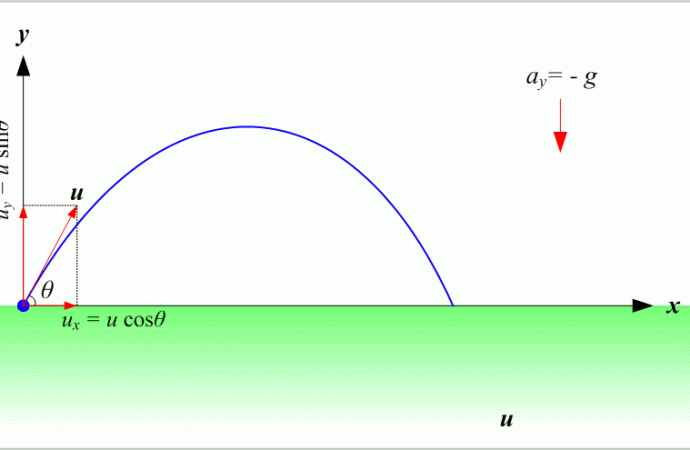Particle physics is the branch that explores the nature of particles, the fundamental constituents of matter and energy, and their interactions. It delves into the smallest scales of the universe, aiming to understand the building blocks of everything around us. The study of particle physics is crucial for comprehending the universe’s fundamental laws and the
History of Particle Physics
The journey of particle physics dates back to ancient times when philosophers pondered the nature of matter. However, significant progress began in the 20th century with groundbreaking discoveries such as the electron, proton, and neutron. These early explorations laid the foundation for the modern field of particle physics.
Fundamental Particles
Particle physics categorizes particles into two main groups: fermions and bosons. Fermions include quarks and leptons, which constitute matter, while bosons are force carriers, such as photons and W and Z bosons. Understanding these particles and their interactions is essential for constructing the Standard Model of physics.
The Standard Model of Particle Physics
The Standard Model is the prevailing theory that describes the fundamental particles and their interactions through three of the four fundamental forces: electromagnetism, weak nuclear force, and strong nuclear force. Despite its success in predicting experimental results, the Standard Model has limitations and is not a complete theory of physics.
Quantum Mechanics and Particle Physics
The theoretical framework for understanding particle behavior at the subatomic level. Quantum field theory, a synthesis of quantum mechanics and special relativity, is particularly crucial for physics, describing particles as excitations of underlying fields.
Experimental Techniques in Particle Physics
Particle physicists utilize sophisticated experimental techniques to study particles and their interactions. Particle accelerators, such as the Large Hadron Collider (LHC), accelerate particles to high energies, allowing researchers to probe the fundamental structure of matter. Detectors observe the particles produced in collisions, providing valuable data for analysis.
Applications of Particle Physics
Physics has far-reaching applications beyond theoretical research. It contributes to fields such as astrophysics, providing insights into the universe’s origins and evolution. Medical applications, including particle therapy for cancer treatment, harness the principles of physics for improving healthcare outcomes.
Unsolved Mysteries in Particle Physics
Despite significant progress, particle physics faces several unanswered questions and mysteries. Dark matter and dark energy, which constitute the majority of the universe’s mass-energy content, remain elusive. The quest for a Grand Unified Theory to unify the fundamental forces also continues, along with understanding the nature of neutrino mass.
Recent Discoveries and Breakthroughs
Recent decades have witnessed remarkable discoveries in physics. The discovery of the Higgs boson in 2012 confirmed the existence of the Higgs field, explaining the origin of particle masses. Neutrino oscillations, observed in experiments like the Super-Kamiokande detector, provided evidence for neutrino mass and flavor mixing.
Challenges and Future Directions
Physics faces numerous challenges, including the need for more powerful accelerators and detectors to explore higher energy scales. Future research aims to address open questions such as the nature of dark matter and the possibility of supersymmetry, which could revolutionize our understanding of the universe.
The Beauty of Particle Physics
Beyond its scientific significance, physics possesses inherent beauty and elegance. The symmetries and mathematical structures underlying the Standard Model inspire awe and curiosity, captivating both scientists and laypeople alike. The pursuit of understanding the universe’s fundamental nature is a testament to human creativity and ingenuity.
Popular Misconceptions About Particle Physics
Despite its importance, physics is often misunderstood by the general public. Common misconceptions include oversimplified views of particle behavior and misconceptions about the role of particle accelerators. Clarifying these misconceptions is essential for fostering public understanding of science.
Educational Initiatives in Particle Physics
To engage and educate the public about physics, various educational initiatives and outreach programs have been established worldwide. These initiatives aim to make complex scientific concepts accessible to people of all ages and backgrounds, fostering a greater appreciation for the wonders of the universe.
Conclusion
Physics unveils the beauty and mystery of the universe at its most fundamental level. Through centuries of exploration and discovery, scientists have uncovered the intricate tapestry of particles and forces that shape our reality. As we continue to push the boundaries of knowledge, the journey into the world of particles promises endless fascination and insight.
_______________________________________________________________________
FAQs
What are particles in physics?
Particles are the smallest constituents of matter and energy, comprising fundamental entities such as quarks, leptons, and bosons.
How do particle accelerators work?
Particle accelerators use electromagnetic fields to accelerate charged particles to high speeds, allowing scientists to study their behavior and interactions.
What is the Higgs boson?
The Higgs boson is a fundamental particle associated with the Higgs field, which gives other particles their mass through the process of electroweak symmetry breaking.
Is there a smallest particle?
The concept of a smallest is a complex one in particle . While elementary particles are considered fundamental, they may not be the smallest entities in existence.
How does particle physics relate to everyday life?
Particle contributes to various technologies and scientific advancements, including medical imaging, telecommunications, and energy production, impacting everyday life in numerous ways.
















